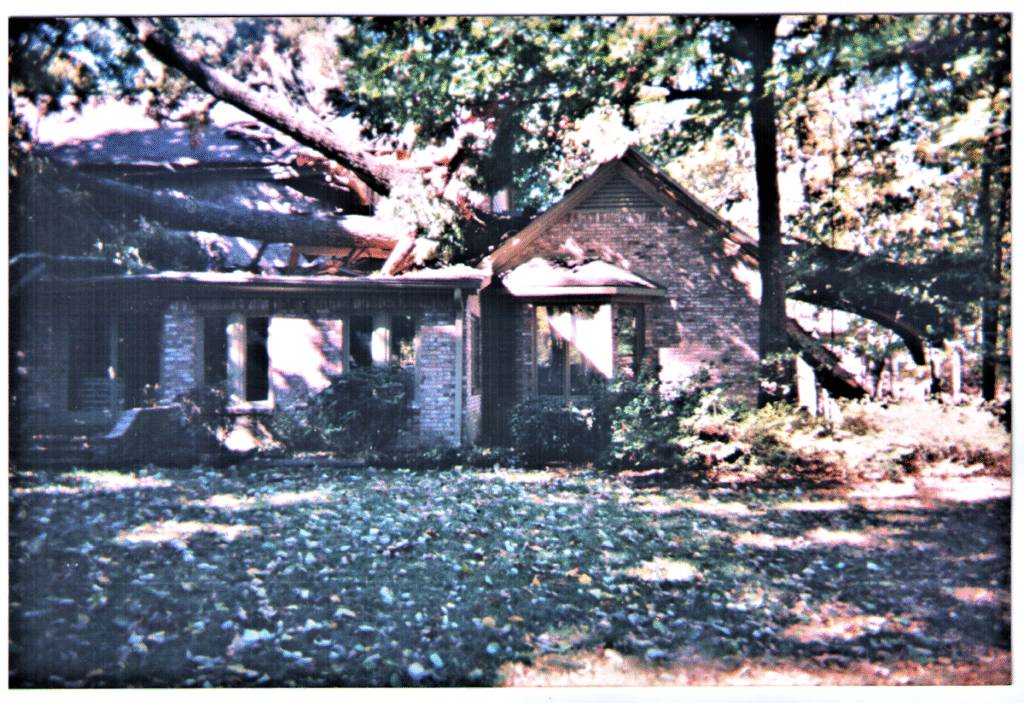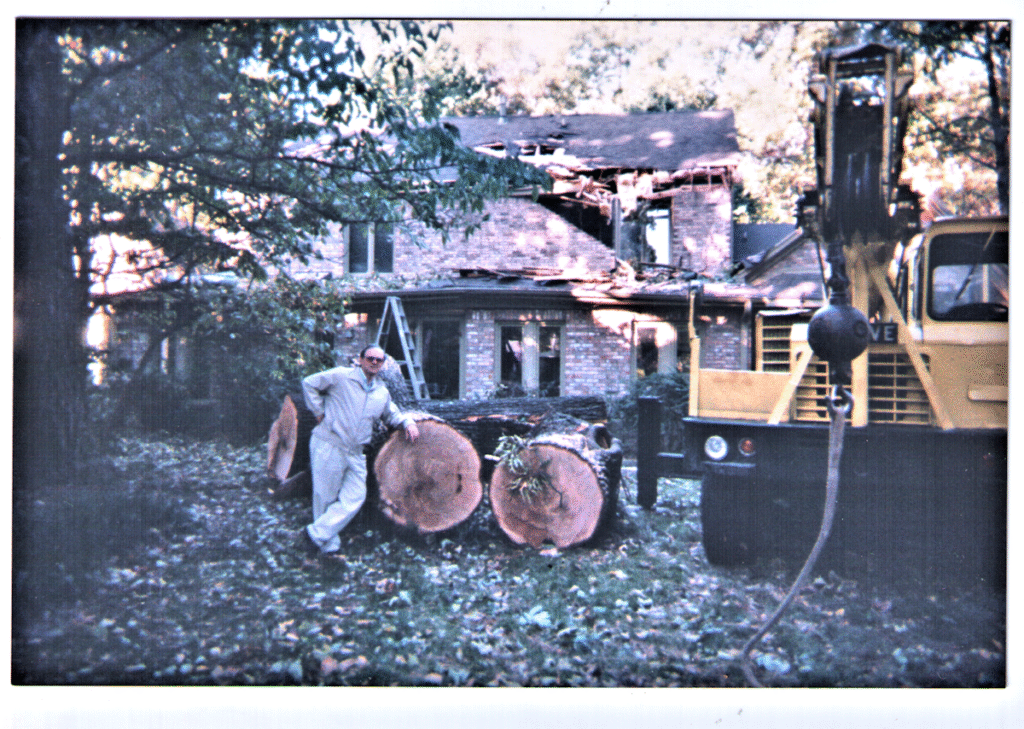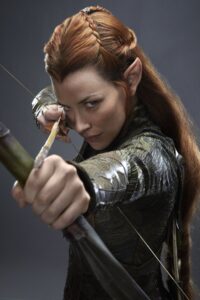
Profluence (noun) – a copious or smooth flowing
* * *
I was re-listening to a Great Courses lecture the other day entitled Writing Great Fiction taught by professor and author James Hynes. The particular episode I re-visited was on the fundamentals of plotting a novel, and Hynes mentioned the importance of profluence in story-telling.
“Profluence” must be a relatively new word because you may not find it in every dictionary. Dictionary.com only has the adjective form “profluent,” but the word has made its way into the online Merriam-Webster dictionary.
However, I couldn’t find the term “profluence” in any of my books on the craft of writing, so I was naturally intrigued.
Hynes credits John Gardner with defining profluence as the feeling you have when you’re reading a novel or short story that you’re getting somewhere. Even if the story isn’t told in chronological sequence, the reader needs to feel the forward momentum.
Specifically, in his work The Art of Fiction, Gardner wrote:
“By definition – and of aesthetic necessity – a story contains profluence, a requirement best satisfied by a sequence of causally related events, a sequence that can end in only one of two ways: in resolution … or in logical exhaustion.”
Along the same lines, in Aspects of the Novel, E.M. Forster defined the singular merit and fault of a story:
“… it can only have one merit: that of making the audience want to know what happens next. And conversely it can only have one fault: that of making the audience not want to know what happens next.”
Professor Hynes had his own take on this concept.
“A work of fiction can only have one merit: that of making the reader want to keep reading. And it can only have one fault: that of making the reader not want to keep reading.”
So we can think of a novel as one scene followed by another, each drawing the reader further into the plot. The goal is always to get the reader to turn the page. Even if the sequence of events is out of chronological order, the author’s job is to create the sense of forward momentum by leading the reader through the story, one scene at a time.
Forster makes one further distinction between story and plot. He defines a story as “a narrative of events arranged in their time-sequence.” A plot, though, according to Forster is “also a narrative of events, the emphasis falling on causality.” He goes on to use this illustration:
“The king died and then the queen died” is a story. “The king died, and then the queen died of grief” is a plot.
In the first example, readers will turn the page to find out what happens next. In the second, readers will want to know what happens next and why it happened. That sense of causality adds depth to the story and encourages the reader to keep turning pages.
* * *

As authors, we know we should create stories with interesting characters, a strong plot, and sentences that are well-constructed and grammatically correct. But the notion of profluence seems to move beyond the mechanics of writing and into the way those elements interact to produce the elusive flow that will keep the reader engaged.
In an article on the Writers Unite website, D. A. Ratliff provides several ideas on how to create and maintain that flow. Here are a few of those suggestions:
- Create an intriguing hook at the beginning that will grab the reader’s attention
- Don’t overly describe what’s going on. Let the reader wonder and anticipate learning more in a later chapter
- Use clear language so you don’t confuse the reader
- Use effective transitions. Cliffhanger scene endings will compel the reader to turn the page
- Vary sentence types to create a musical flow
So there you have it. A novel is not just a series of scenes. At its best, it’s a continuous flow of story that’s impossible to put down.
* * *
So TKZers: Have you ever heard the term profluence before? How do you create the flow in your stories to keep readers turning pages? What would you add to the suggestions above?
* * *
KNIGHTS IN MANHATTAN
Reen & Joanie are always moving forward. Whether it’s in dark, secret passageways or running through some of the most famous landmarks in Manhattan, they’re relentless in their pursuit of the bad guys.
Click the image for a link to all retail platforms.

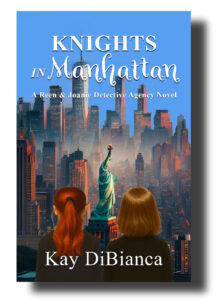





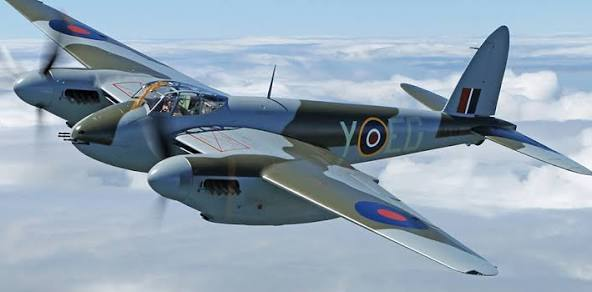
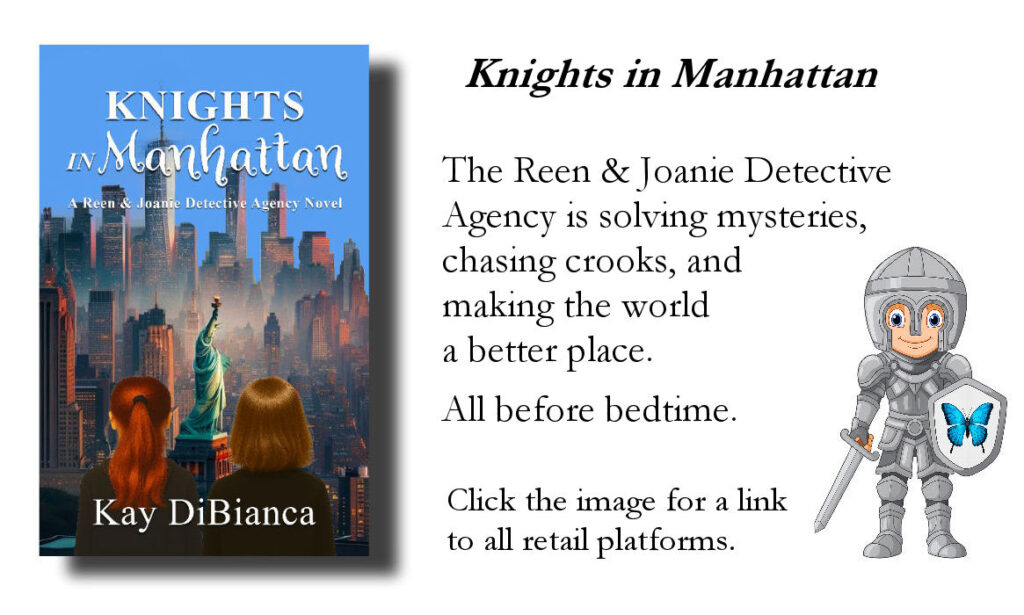
 Raptors are some of the most successful predators on the planet. From owls, eagles, and vultures to hawks, falcons, and other birds of prey, raptors are skilled hunters with incredible senses,
Raptors are some of the most successful predators on the planet. From owls, eagles, and vultures to hawks, falcons, and other birds of prey, raptors are skilled hunters with incredible senses, 

 You’ll never find a better sparring partner than adversity. —Golda Meir
You’ll never find a better sparring partner than adversity. —Golda Meir